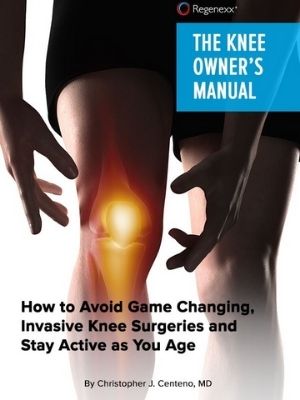Knee Making Crackling Sound
Get Help With Knee Making Crackling SoundIs Your Knee Making Crackling Sounds?
It’s Normal Unless It’s Accompanied by Pain.
Crepitus is the medical term for this cracking or catching sensation. It can affect various regions of the body, but it is most common in the knee. It can happen due to air bubbles forming in bodily tissues (this is what happens most of the time), but it can also happen as a result of patellofemoral syndrome, damaged cartilage, osteoarthritis, or other conditions.
Patients describe the sound of the popping with the following terms:
- popping,
- snapping,
- catching,
- clicking,
- crunching,
- cracking,
- crackling,
- creaking,
- grinding,
- grating, and
- Clunking.
When Should You Be Concerned?
When the crackling is accompanied by pain and/or the feeling of instability in the knee, that’s a good time to consult a physician. If the cracking is also associated with loss of range of motion, swelling in the knee joint, or if the knee gets stuck in a certain position then it is time to consult with an expert musculoskeletal doctor like our physicians who can do a detailed examination and a stress ultrasound to identify the problem. Sometimes these are easy or simple treatments when the issues are small but if left unattended, can advance into larger issues.
Conditions Associated with Knee Crackling Sound
Chondromalacia
Chondromalacia is the knee usually causes pain, typically around the kneecap or deep in the kneecap. You can also have some grinding sensations or crepitus which are sounds and noises coming from around the knee with certain motions. Typically, pain and grinding sensations are worse with bending the knee, especially for prolonged periods of time, kneeling on the knee, walking downstairs, or running downhill. Standing after prolonged sitting or an immobility period where the knee is bent can cause some discomfort as well. Some people may experience swelling, others may experience locking or catching in the knee, feeling the knee wants to give out, or a feeling of weakness….
Read More About ChondromalaciaIliotibial Band Syndrome (ITBS)
Also known as “IT Band Syndrome” also known as “ITB Syndrome,” iliotibial band syndrome is a painful medical condition that affects the lateral hip, leg, and knee. It can affect individuals of all ages and most often is caused by repetitive activities like running, cycling, hiking, and walking. Your iliotibial band is a thick band of connective tissue that runs from the outside of your hip down to the outside aspect of your knee. Its principal function is to stabilize the hip and knee. If it becomes tight and dysfunctional, you may experience pain along with this band of tissue due to strain or inflammation. You may also experience pain, limited range of motion in…
Read More About Iliotibial Band Syndrome (ITBS)Knee Arthritis
In the human body, a joint is simply where 2 ends of bone come together. At the ends of these bones, there is a thick substance called “Hyaline Cartilage” that lines the ends. Hyaline cartilage is extremely slippery which allows the two ends of the bone to slide on top of each other. Then there is a capsule that connects the two ends filled with “synovial fluid” that acts as a further lubricant to make it more slippery! Arthritis in the knee is defined by loss of the hyaline cartilage plus other changes that happen to the bone such as additional bone being laid down (bone spurs/osteophytes). The cartilage layer is worn down to the point of exposing the underlying bone they cover…
Read More About Knee ArthritisKnee Instability
Knee instability is a condition that results when the knee joint is unstable and does not move or function normally. This can cause the knee to feel like it is going to give out or buckle. Knee instability can be caused by a variety of factors, including trauma or injury to the knee, ligament injury, arthritis or other degenerative diseases of the knee, weakness or instability of the muscles around the knee, muscle atrophy, injury to another joint in the body creates an imbalance. Knee stability, and stability in general, is very important. Lack of knee stability can lead to more problems over time, such as pain and arthritis…
Read More About Knee InstabilityRadial Meniscus Tears
The meniscus is an important fibro-cartilage structure within the knee that absorbs shock and provides cushioning. It has a semicircular ‘C’ shape and sits between the femur (thigh bone) and the tibia (lower leg bone). The meniscus protects the two bony structures from weight, shock, and shear forces. Each knee contains two menisci, one on the outside (lateral) and one inside (medial).
Read More About Radial Meniscus Tears